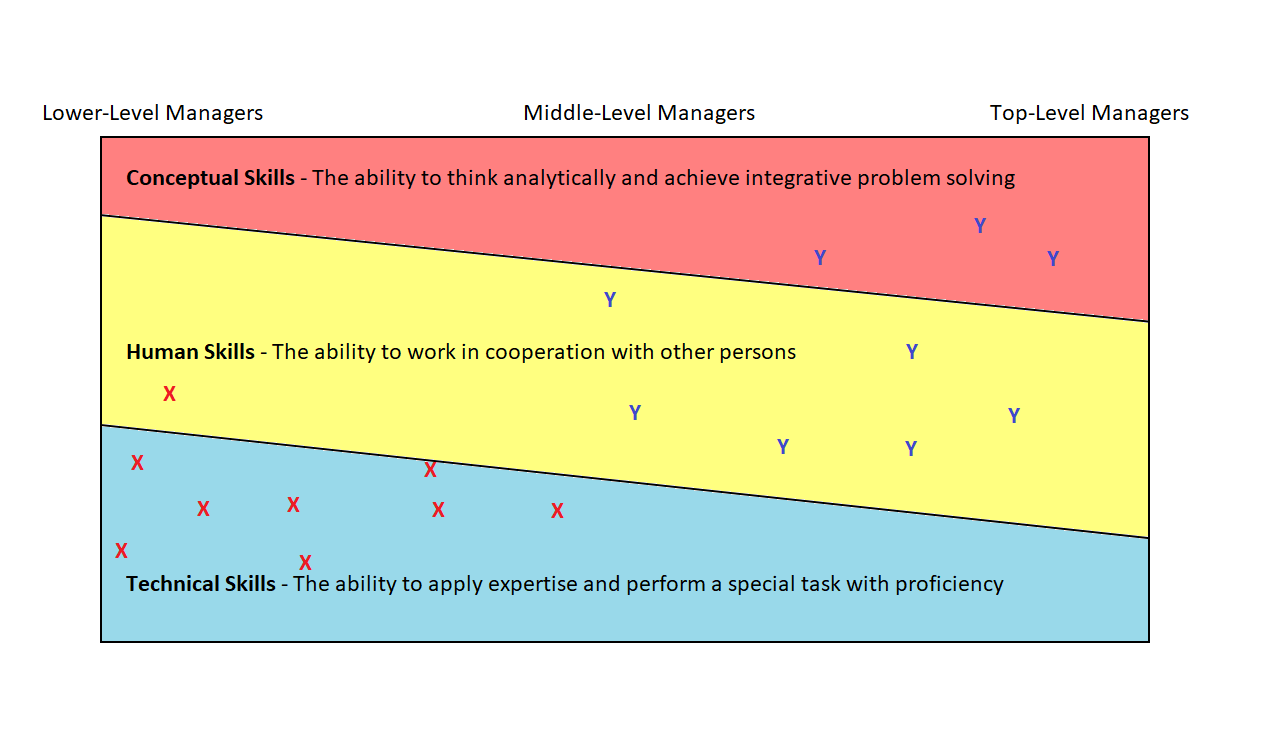2.2 Functions of Management in Organizations

In order to understand management within organizations, we must have a basic understanding of what organizations consist of. Organizations in simplistic terms are a group of individuals who work towards goals and who have a common purpose or reasoning to be working together. Organizations act as loop-systems that create, reflect, and revise based on the situation. This contributes to the changing nature of organizations who take a more sustainable outlook, through valuing human capital, teamwork and technology to meet the demand of a modern and globalized world.
This extends beyond the classical theories have been presented, the focus will shift to the functions of management within learning organizations. This leads to the general definition of management in which an individual plans, controls, leads, and organizes tasks, leading towards successful goals pertinent to the organizations mission, vision, and values. Within a learning organization, the planning, controlling, leading, and organizing is the same. It is the objectives that are different (i.e. creating learning and knowledge instead of widgets and profit)[4].
What does this mean for the roles of managers within learning organizations? First, it means that they must be flexible in the different roles required in an organization. Schmemerhorn and Wright outline three roles a manager must take on to be successful within learning organizations[4].
| Informational Roles | Interpersonal Roles | Decisional Roles |
|---|---|---|
How a manager exchanges and processes information
|
How a manager interacts with other people
|
How a manager uses information in decision-making
|
Figure 3: Roles of a Manager. (Source: John R. Schermerhorn Jr. and Barry Wright, Management: 3rd Canadian Edition)
With these roles come certain skills that employees would possess depending on their level in the management system or hierarchy. Notice that as they move up the hierarchy of management level or capability, the more ambiguous the skill set. Essentially, moving from lower level to a higher level, the skill moves from applied to theoretical through the essential skills[4].
In the last section, some key classical theories that pertain to management were discussed. There is one theory that relates to the functions of management within organizations, especially learning organizations. It has a great deal of relevance, given that its characteristics blend nicely with the flexibility of managers within learning organizations.
Theory X and Theory Y
Douglas McGregor’s 1960 theoretical concept is widely regarded in many organizational circles, and follows two distinct styles of management called theory x and theory y[5]:
- Theory X: Managers who believe that subordinates generally dislike work, lack ambition, lack responsibility, and prefer to be led rather than lead.
- Theory Y: Managers who believe that subordinates are willing to work, accept responsibility, and are capable of self-control and self-direction.
This is an interesting concept, especially in the realm of managerial function within organizations. Regarding planning, those with more theory x have a worldview that will be shaped by planning for subordinates, rather than planning with subordinates. Likewise, those who are more theory y, will be likely to focus on leading staff and leave the control to the subordinates. Looking at the essential skills, there can be a hypothesis where McGregor’s theory would be placed, given the level of management and the associated skill. This is why McGregor’s theory fits well with the functions of management within organizations, as it provides a clear view on how to tailor each person’s management style.

Inside the learning organization, many functions of management can be used and different management theories can be applied to those functions. It depends on the different organizational structure and the how managers want to develop a specific mission, vision, and values. For example, inside of an educational institution, the mission would be to enhance learning, with a vision to create leaders of tomorrow. How could that be done? Would there be a heavy emphasis on controlling the processes to force a direction of learning for students, or release the reigns and accept the notion that students want to be at the institution to learn and to become leaders? The answer might not be clear, but reflection on the organization should develop the way a manager functions within it. One way to contextualize how a manager functions within an organization could be the amalgamation of effective strategies in their approach to organizational effectiveness: strategies which include, resources, processes, goals and constituencies can be effective approaches to managing and leading an organization through uncertainty.
Review Questions:
- What are the four functions of management, and what does each function represent?
- What are three organizational roles within an organization? What are their characteristics?
- What are the management theories of X and Y?
- What are the 3 skills of all lower, middle, and top level managers? Describe them.

